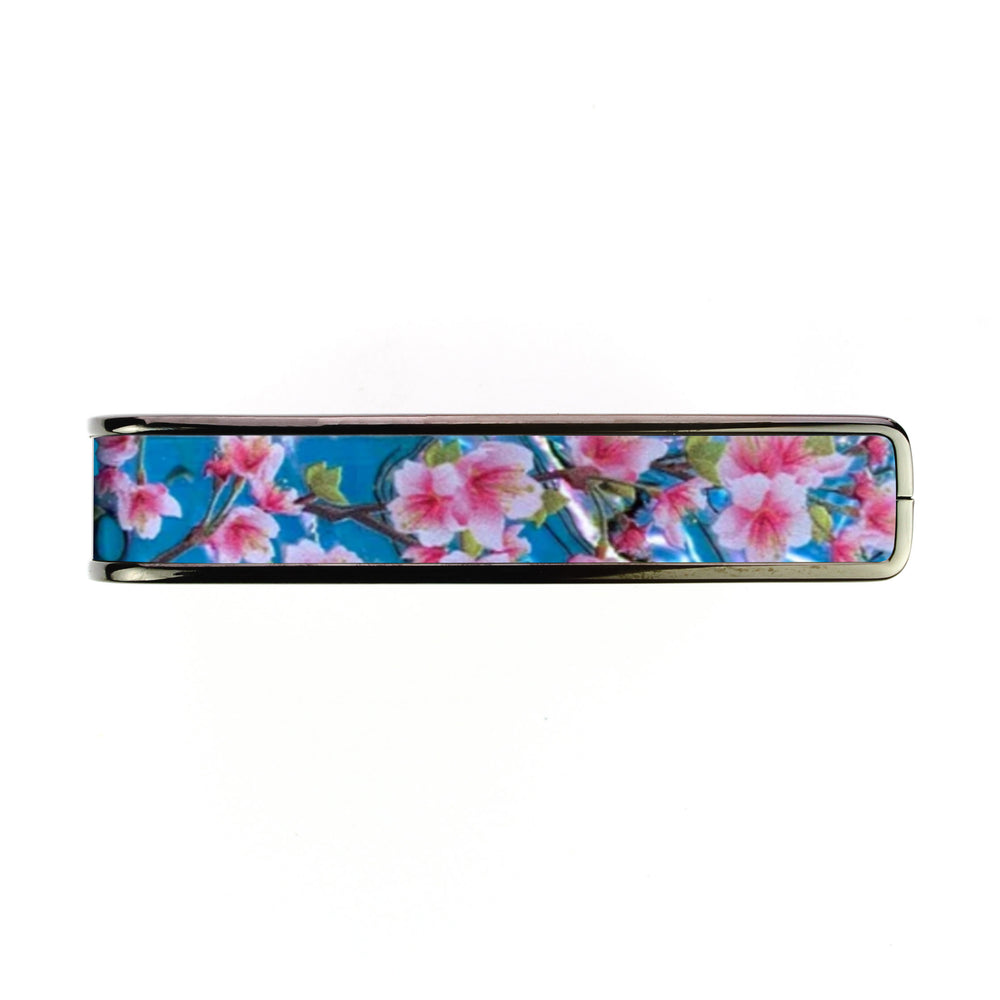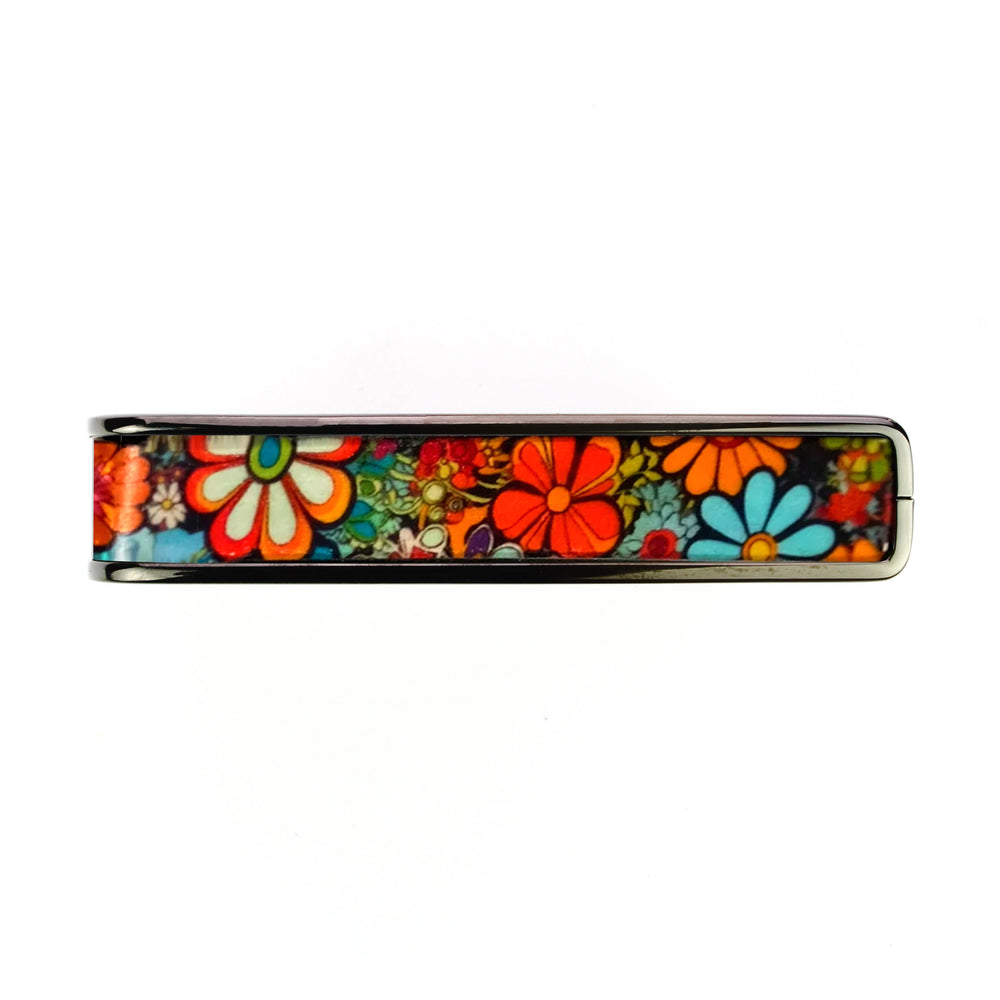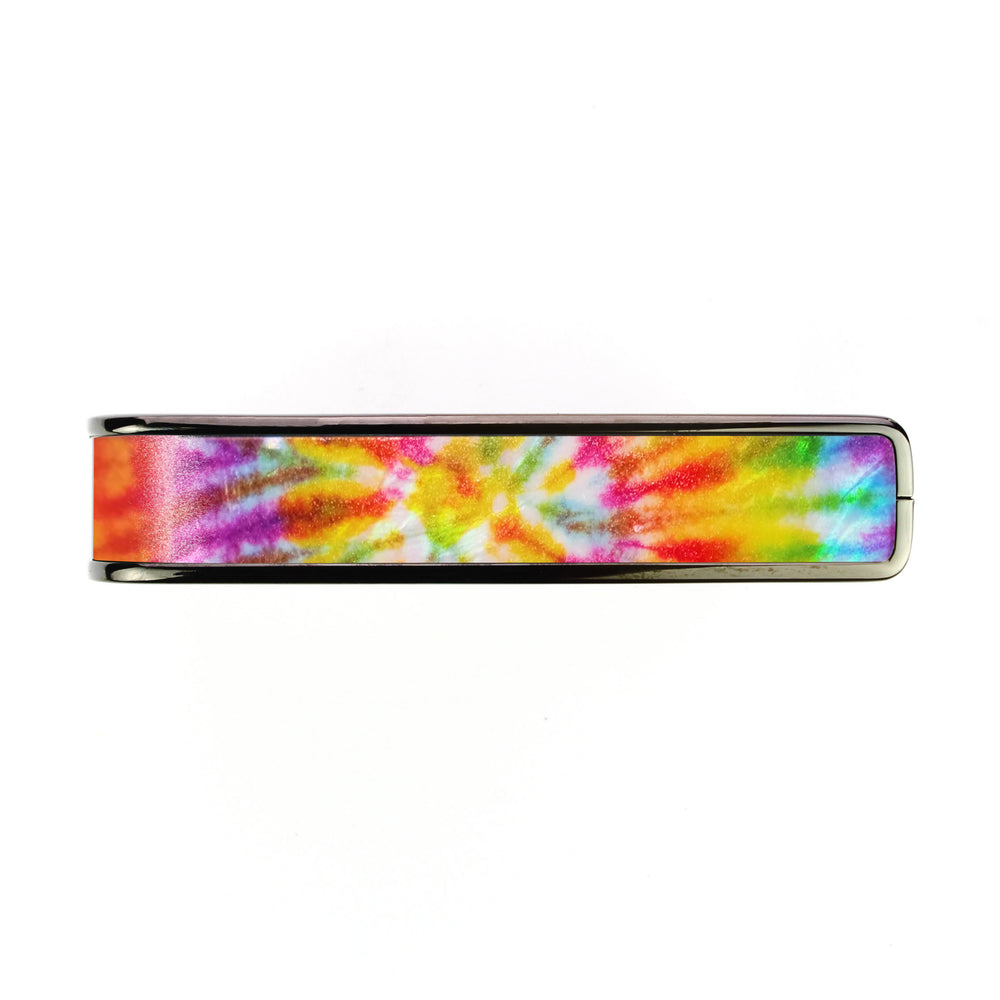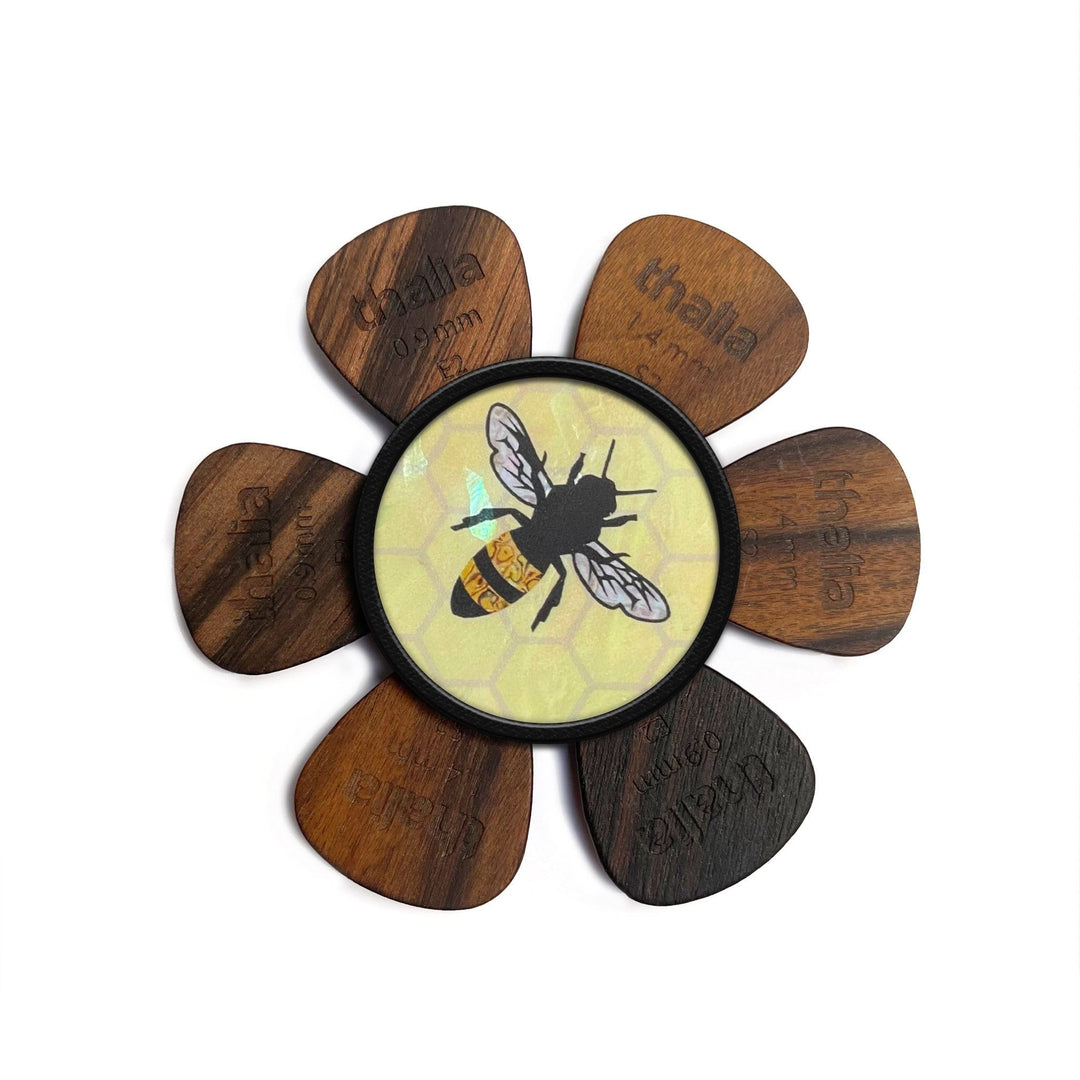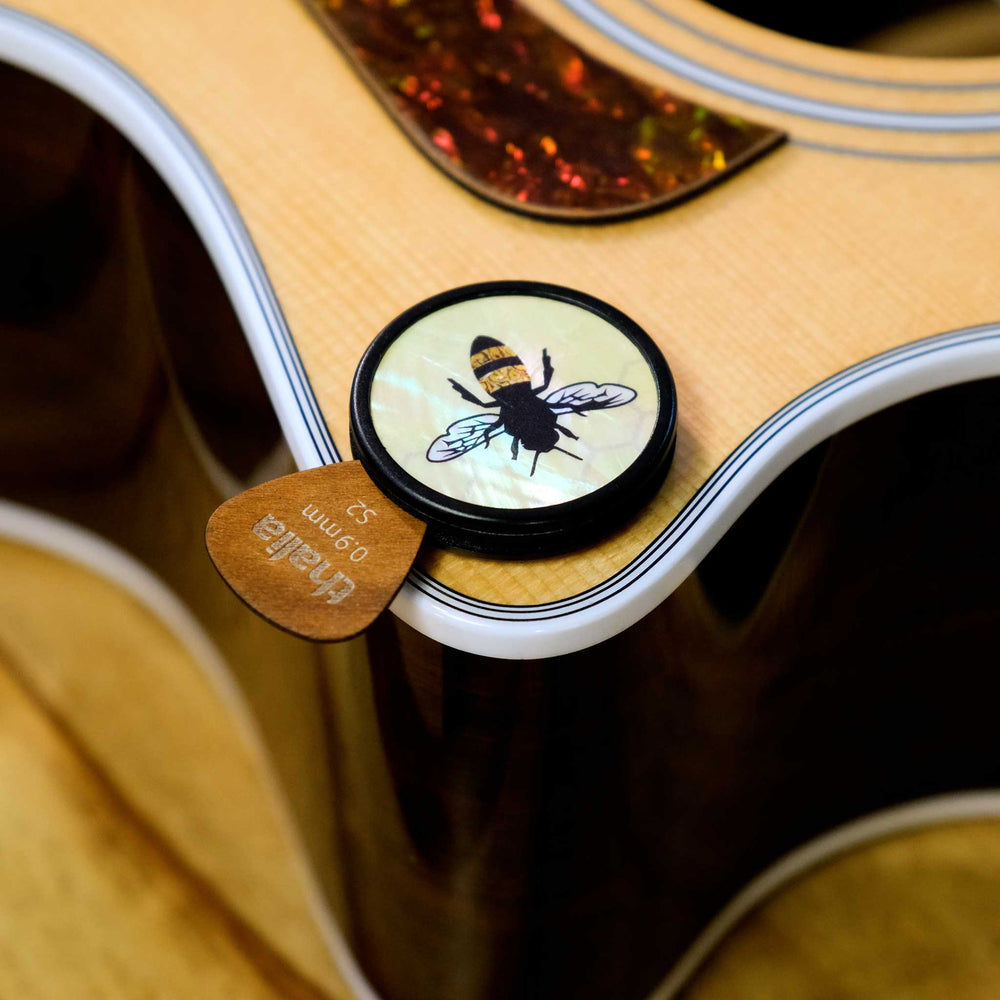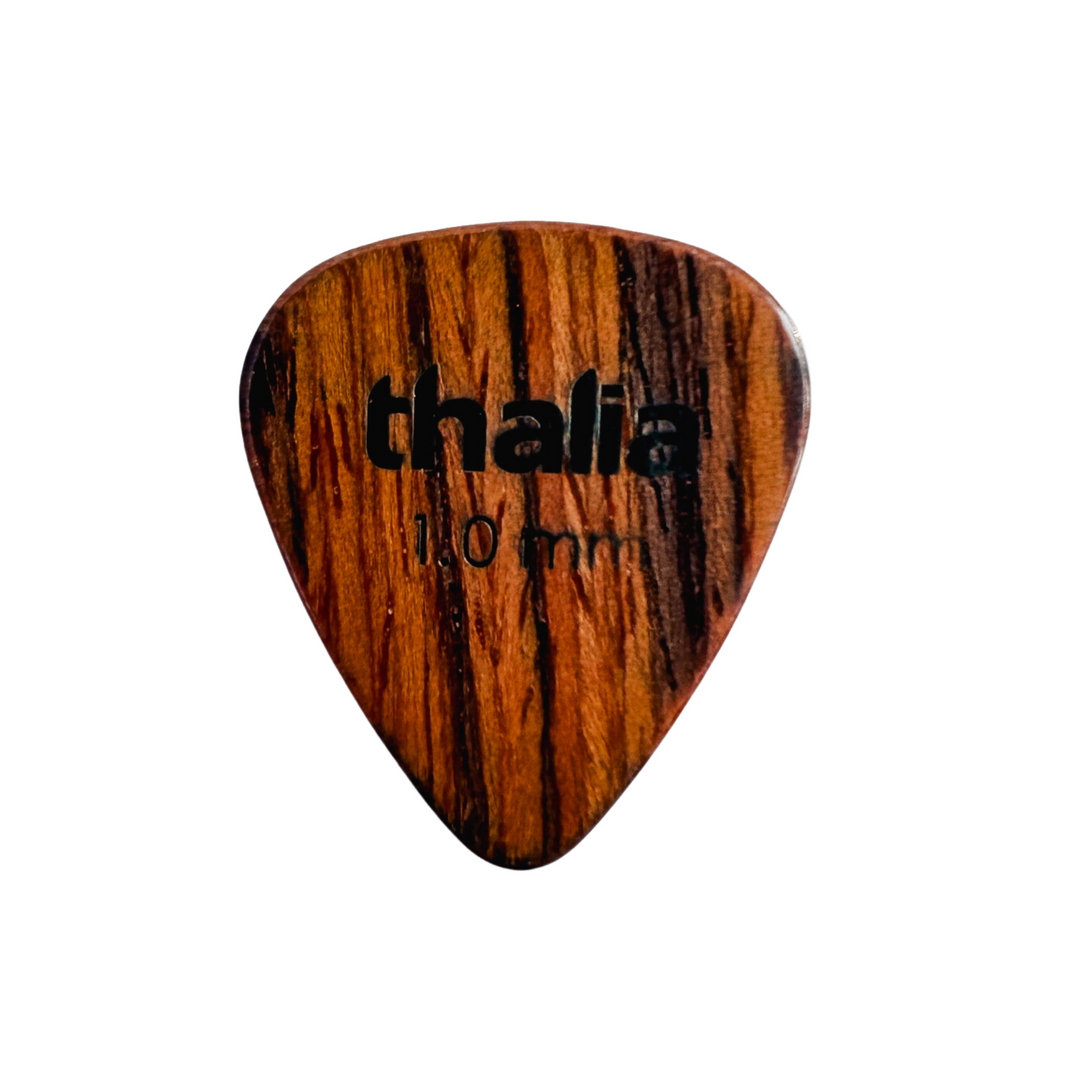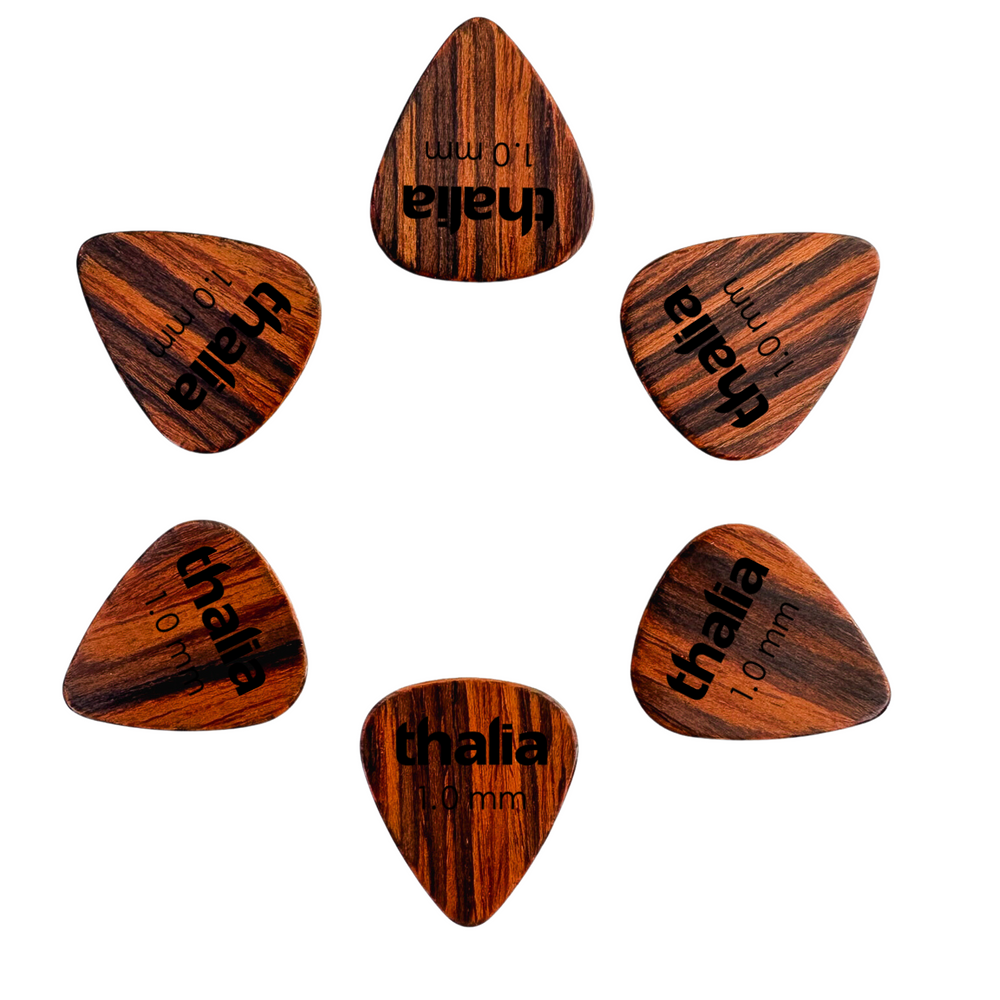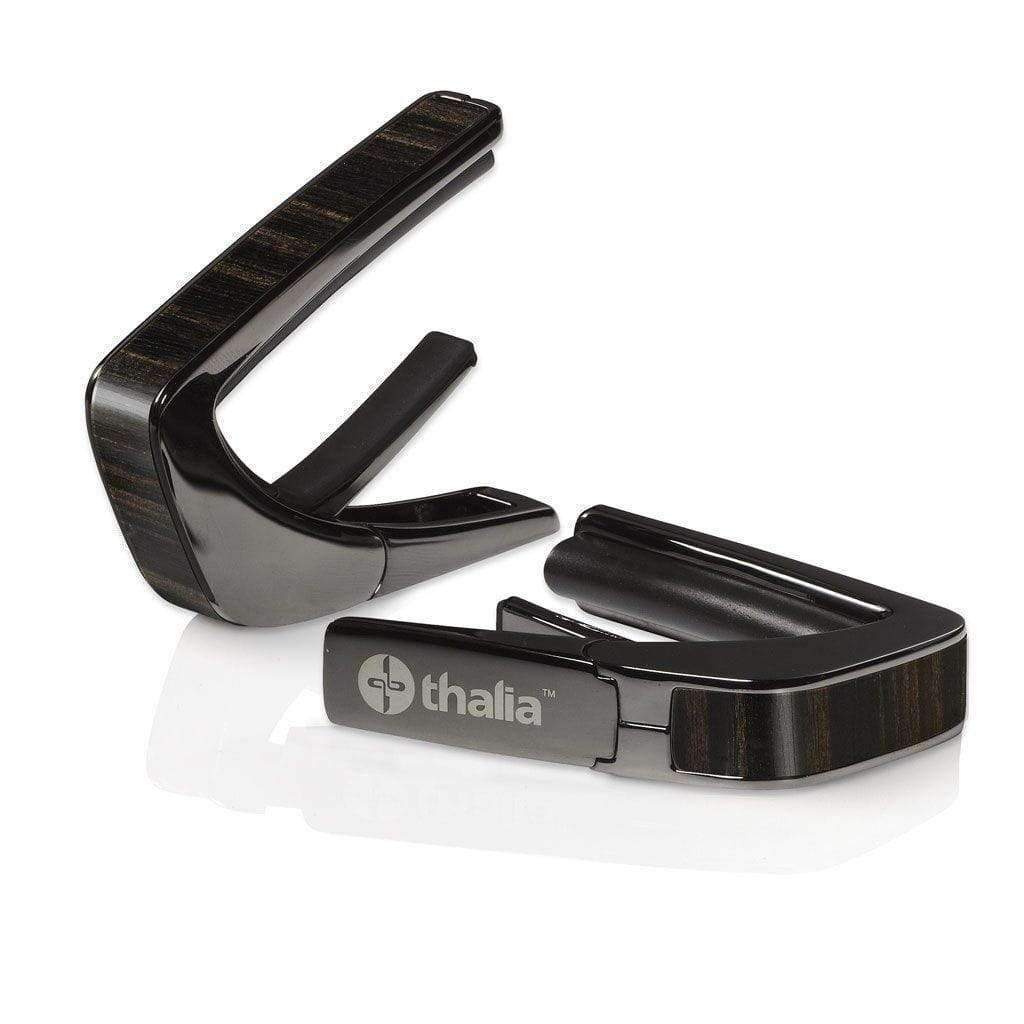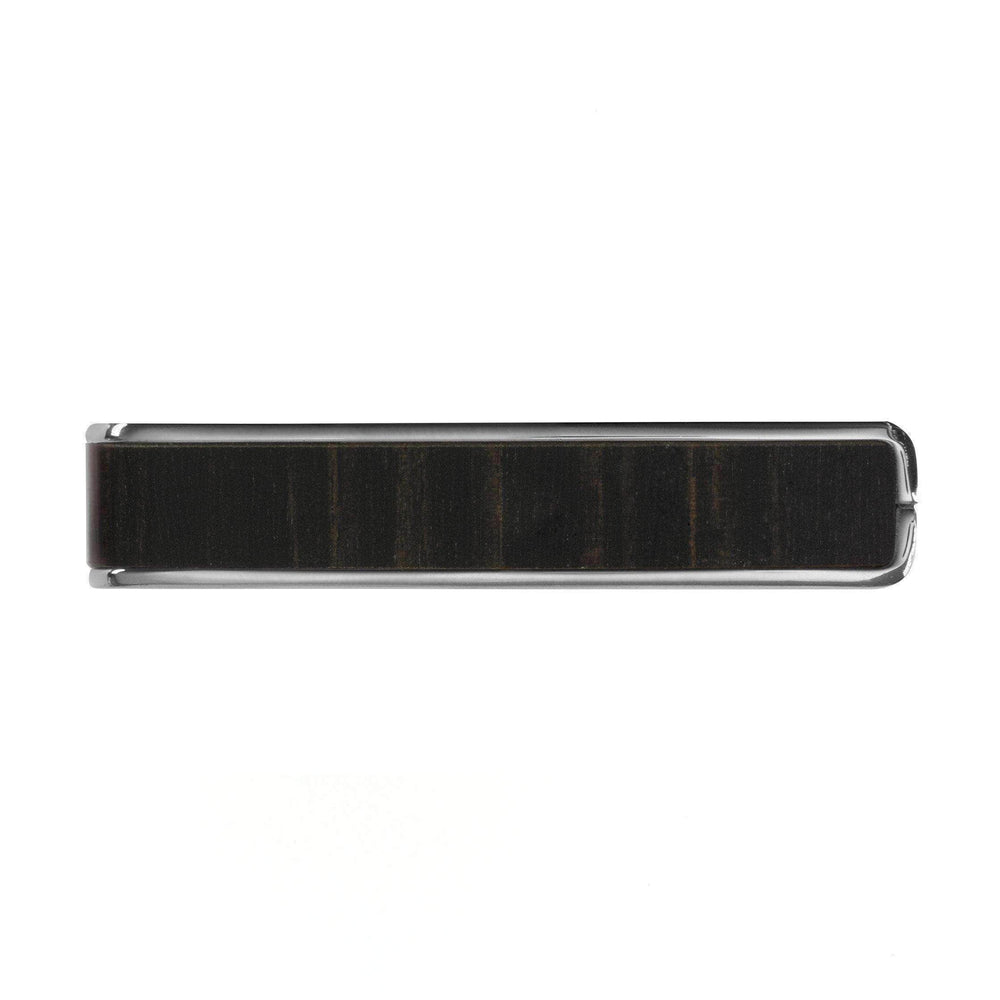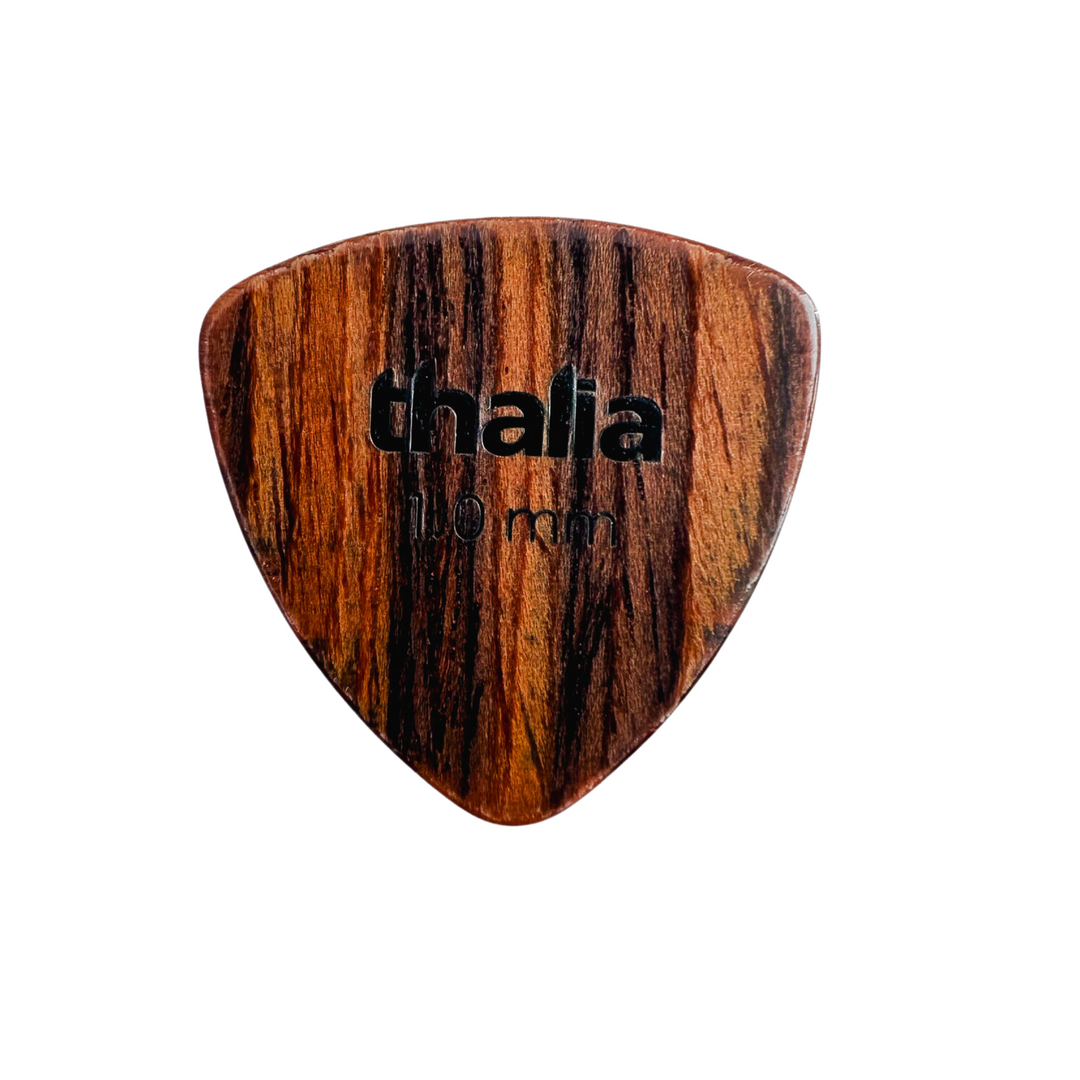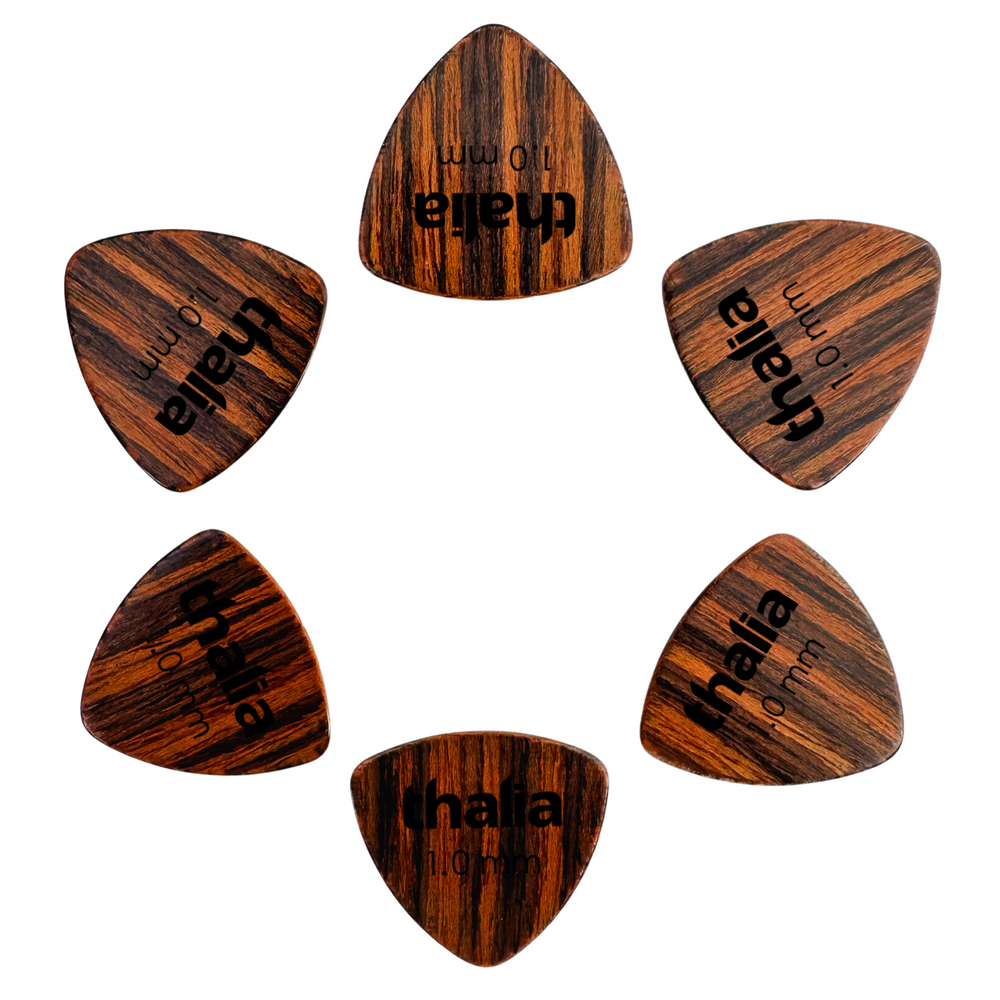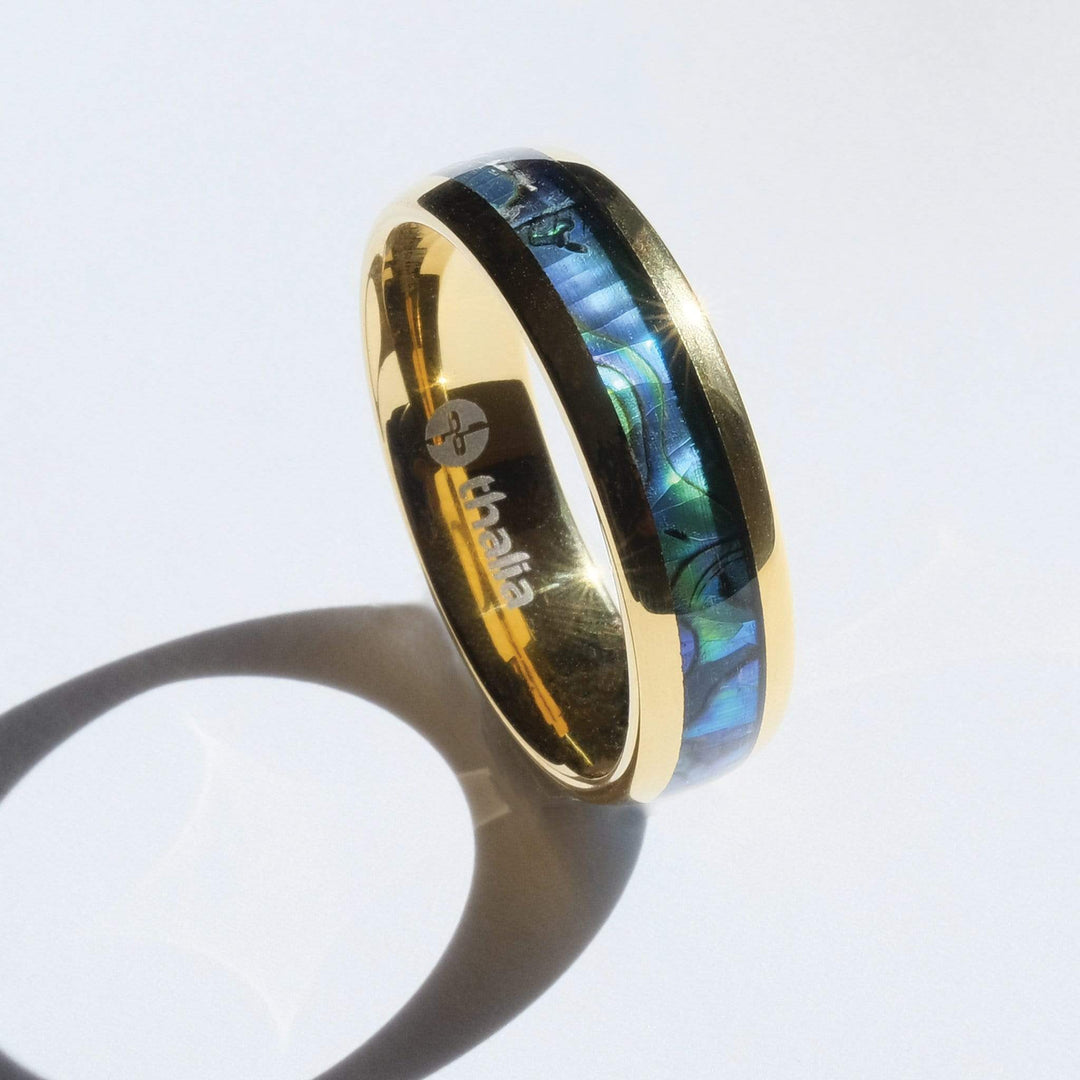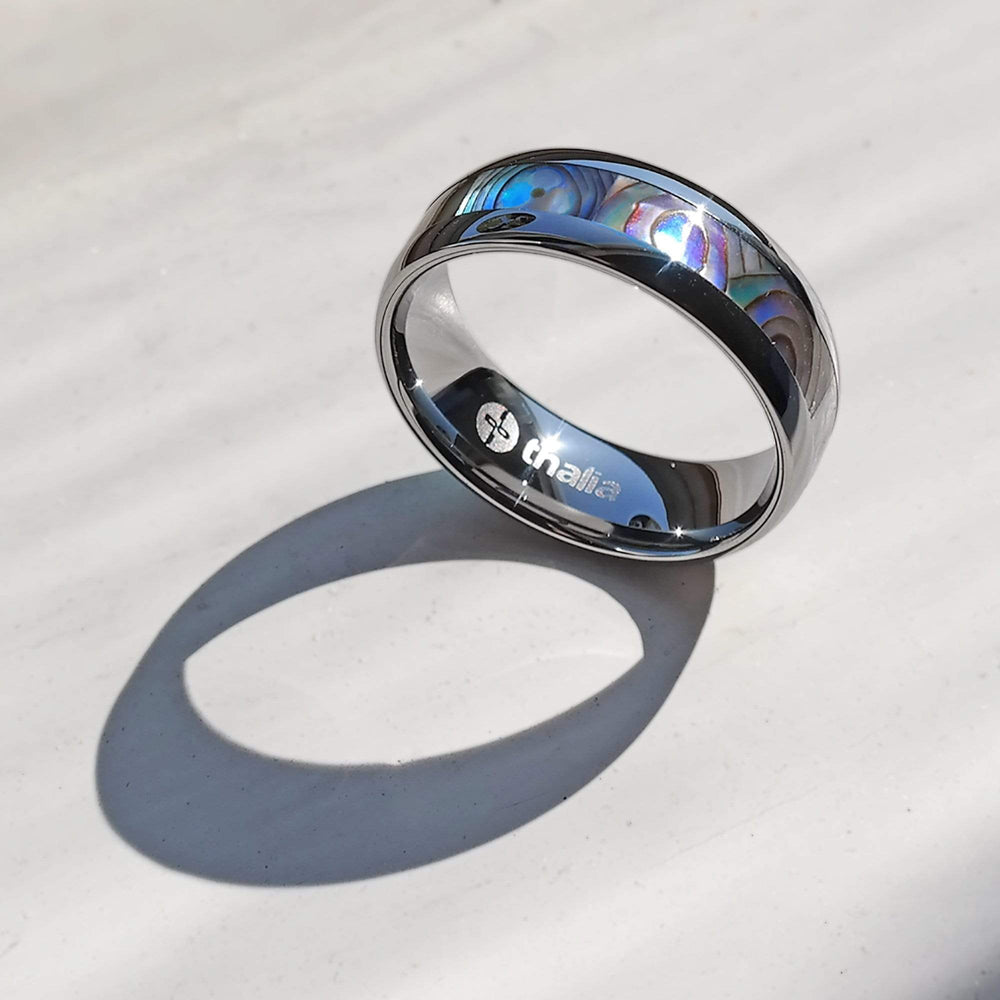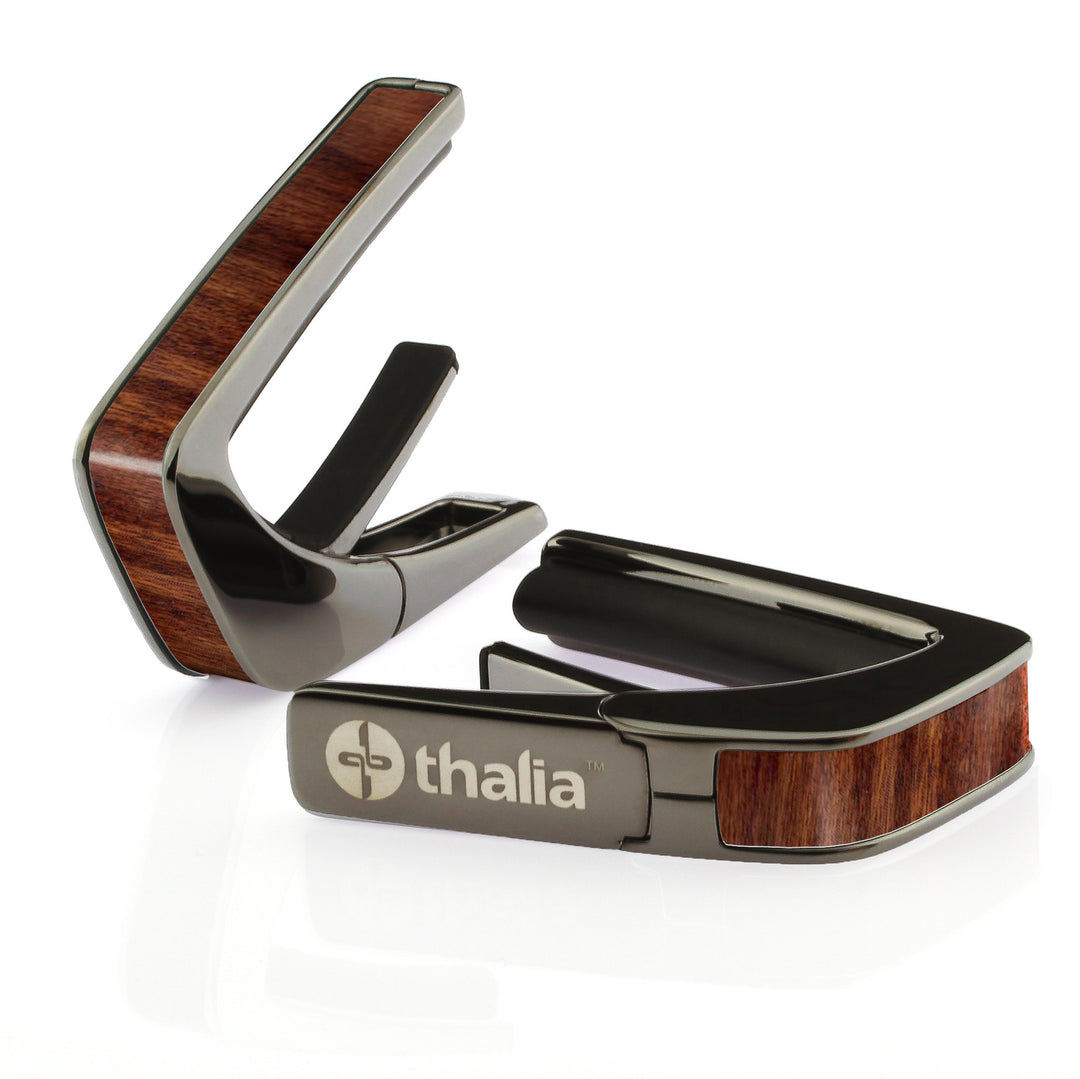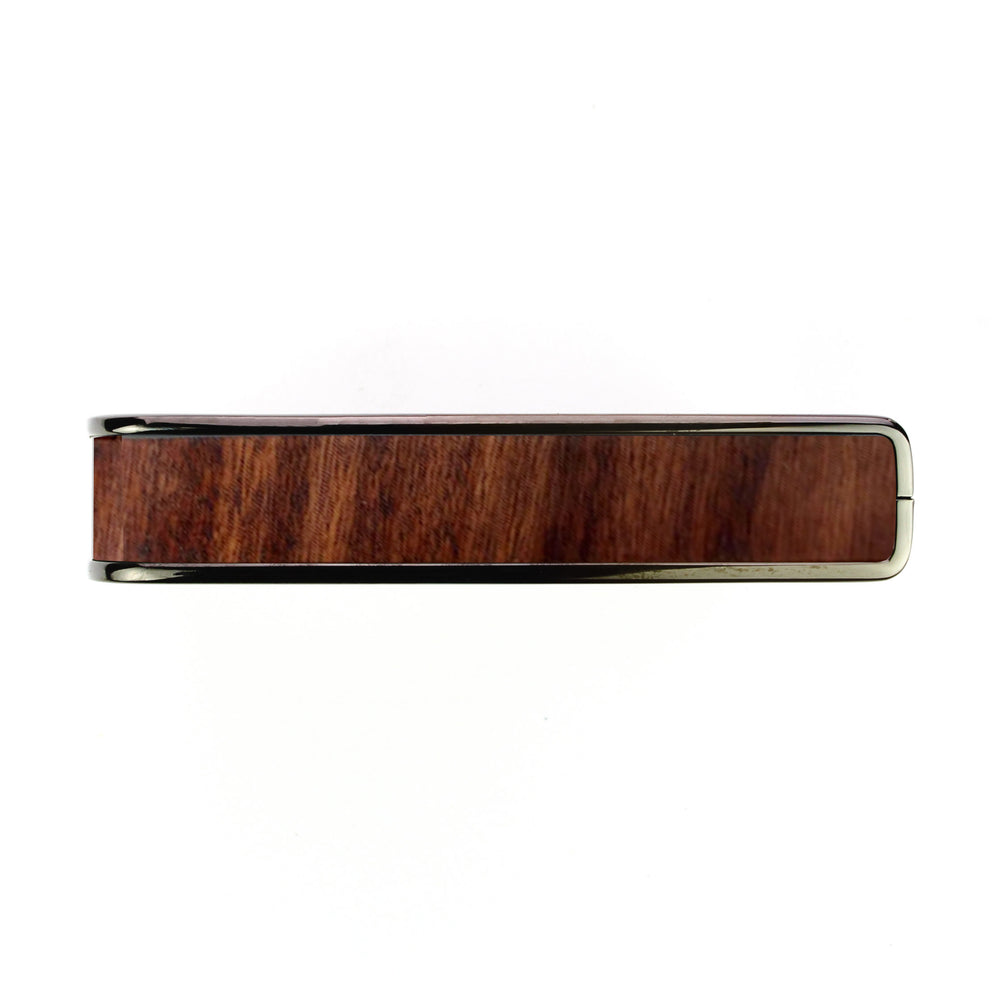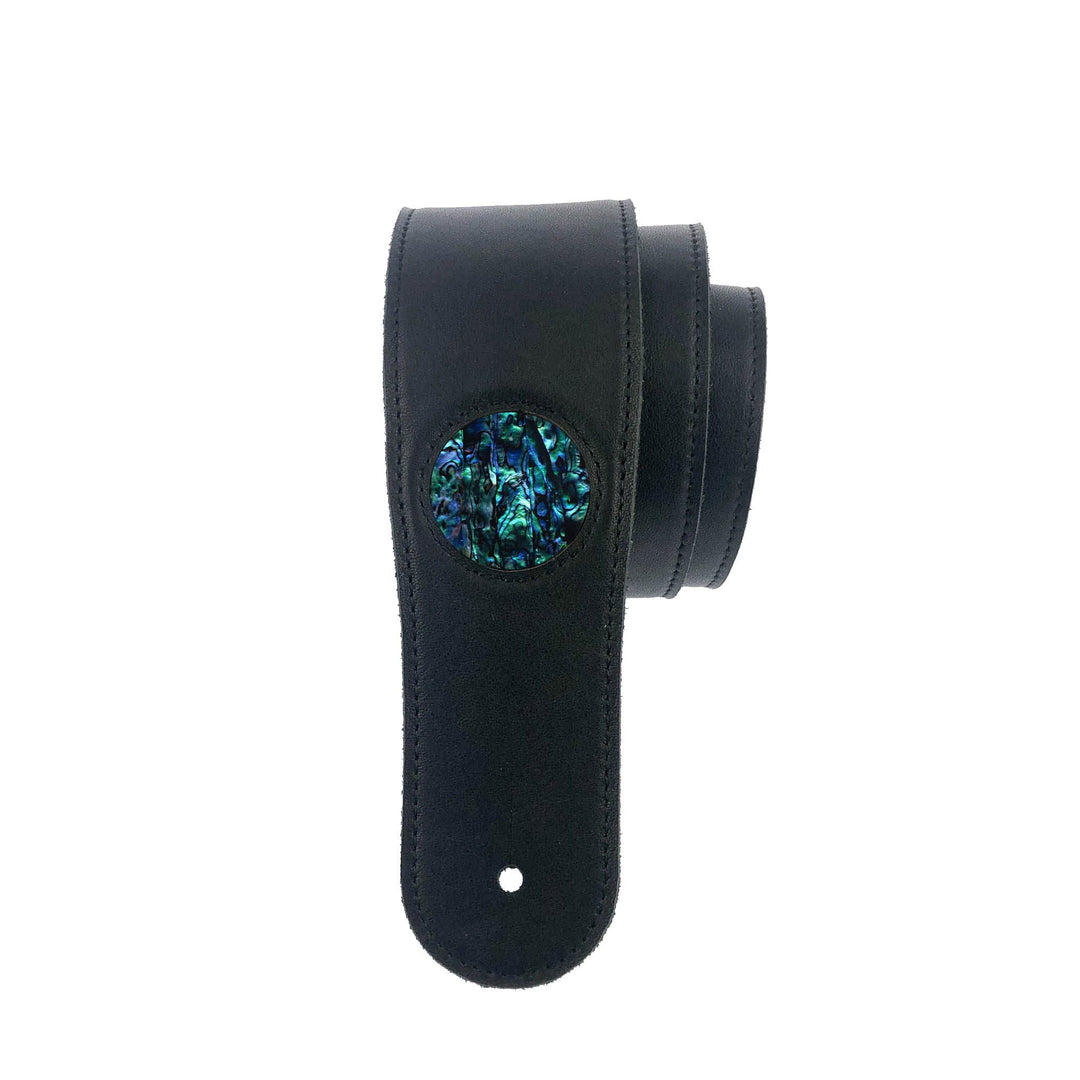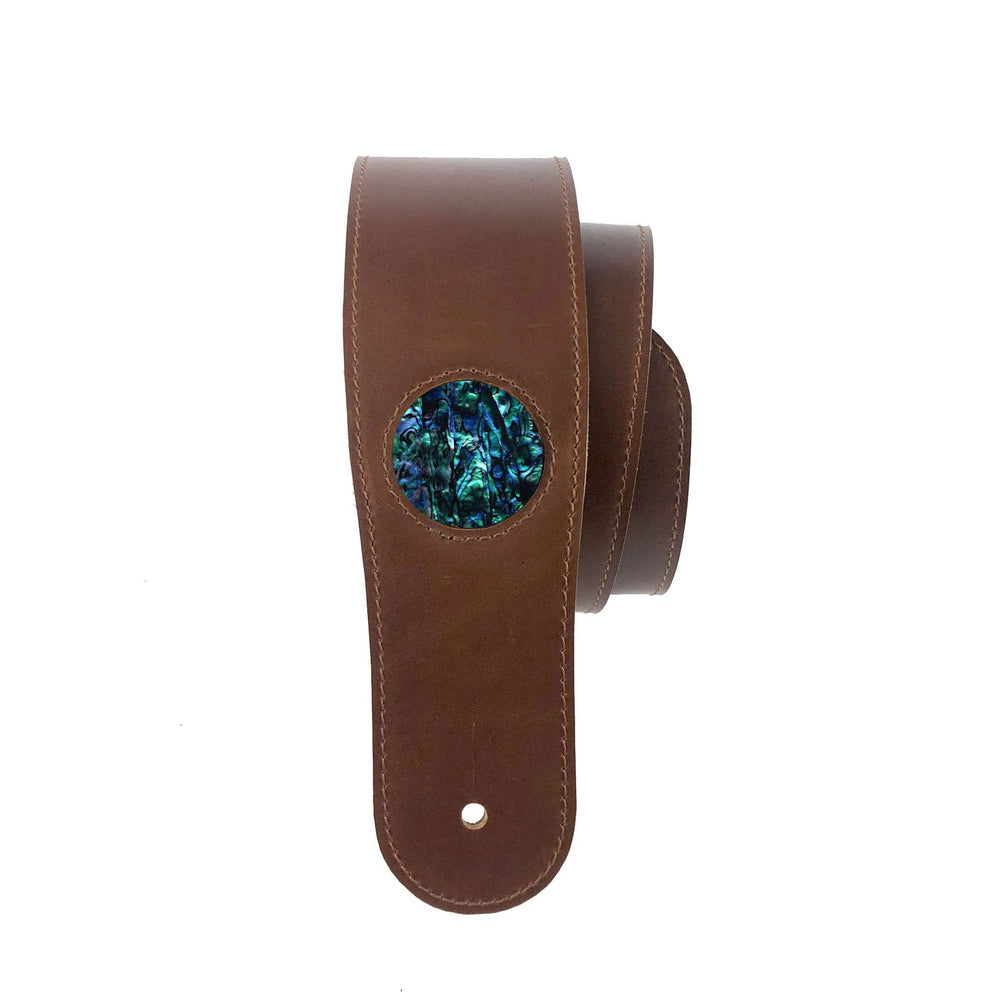Iconic Guitars: Fender Jazzmaster
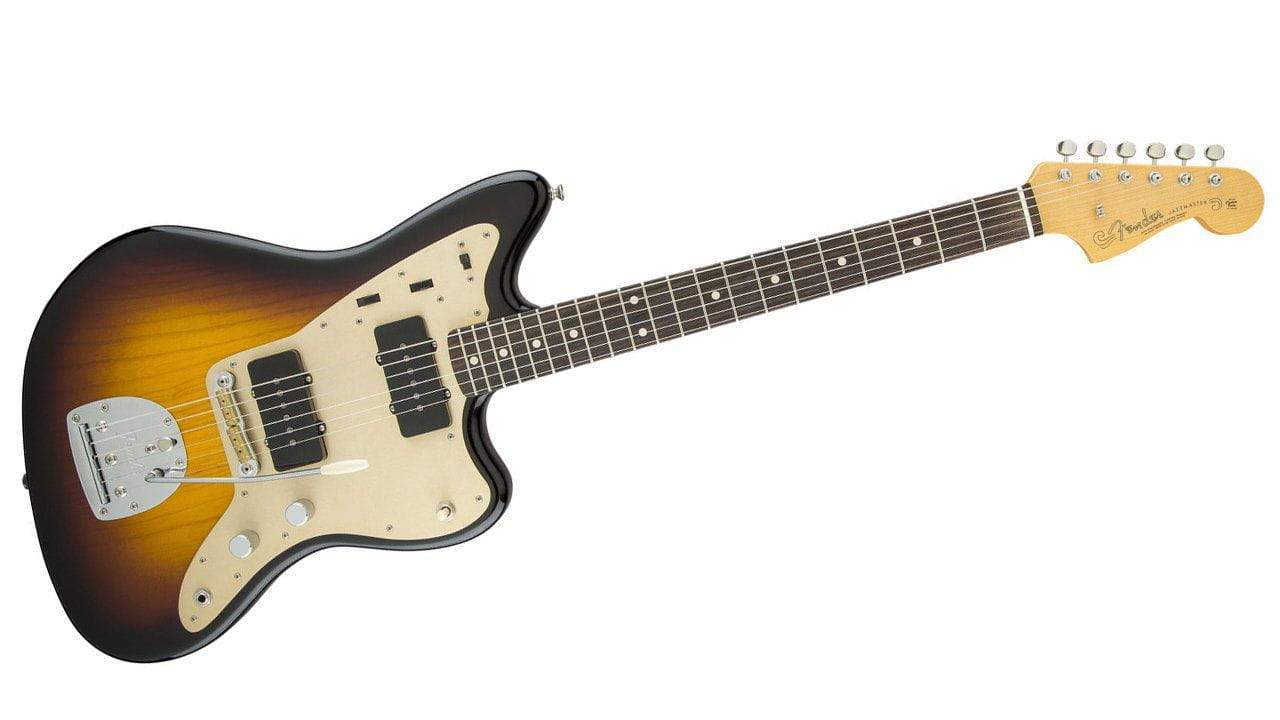
Few guitars are as chameleonic as the Fender Jazzmaster.
Originally conceived for a very specific niche, the sheer range of guitarists that have adopted the Jazzmaster is testament to its versatility.
But, it’s taken a while for the guitar – once envisaged as a more expensive sibling to the Fender Stratocaster – to find its place in the electric guitar pantheon. And, if it hadn’t been for a musical revolution in the late ‘80s and early ‘90s, it probably would have been consigned to the dustbin of history.
Today we’re taking a look at the Fender Jazzmaster; a truly unique instrument for those who dare to be different.
 |
|
Fender Custom Shop 1958 Jazzmaster Relic Daphne Blue |
A jazzed up Strat?
Circa 1958, Fender was riding high in the electric guitar world. With their Stratocaster and Telecaster instruments, they’d transformed the market, stealing the thunder from Gibson’s Les Paul and turning a new generation of players onto guitar music.
When it came to rock ‘n’ roll instruments, Fender was king. But, there was another huge demographic that the company was missing out on.
Jazz players made up a significant portion of the electric guitar-buying market in the late 1950s, but Fender’s Strat and Tele models left them cold. Traditionally, jazz guitarists preferred large, hand carved semi-acoustic models; pretty much the opposite of what Fender was known for, and indeed, the very design ethos that had made them such a success.
In response, Fender set to work building a new instrument that would specifically appeal to the jazz market. The result, unveiled at NAMM ’58, was the Jazzmaster.
Looking at the Jazzmaster, though, you’d be hard pressed to call it a “jazz” guitar. Featuring a thin, offset, solid-body, it looked more like a modified Strat than a jazz noodler’s choice axe. But, the design did feature a number of concessions aimed at the jazz crowd.
 |
|
Fender 60th Anniversary Classic Jazzmaster Electric Guitar Fiesta Red |
The contoured, off-waist body was designed to be played in a seated – rather than standing – position; the default for the majority of jazz players. And, the unique “soapbar” pickups of the instrument (not to be confused with Gibson’s P-90s) offered a warm – yet clear – tone tailored to jazz musicians.
Surf’s Up
It might have been optimized for jazz playing, but the Jazzmaster – with its Strat-like appearance – still didn’t resonate with traditionally minded jazz players. It was just too radical, too modern and too, well, Fender, for the market.
Fortunately, though, the Jazzmaster wasn’t a total bust. A new market was emerging that would propel the instrument to success.
Emerging from the Californian surf scene, Surf Rock rode high in the American charts between 1962 and 1964. Intending to emulate crashing waves, surf rockers were drawn to two Fender innovations in their pursuit of a sound. The first was the “wet” spring reverb incorporated into Fender amps from 1961. The second was the use of Fender’s vibrato arm to bend the pitch of notes downward.
And, when it came to pitch bending, the Fender Jazzmaster excelled. By happy accident, its unique “floating tremolo system”, complete with extra-long tremolo arm, felt like it had been tailor made for the vibrato-heavy playing of surf-guitarists. As a result, artists like The Ventures, The Surfaris and The Fireballs adopted the instrument as the surf-guitar of choice and Fender scored their third successful electric guitar in a row.
Freak Scene
Unfortunately for Fender though, Surf Rock turned out to be a passing trend, rather than a cornerstone, in the ‘60s rock movement. And, as Surf waned in popularity, so did the Jazzmaster. The model’s sales dwindled through the next decade, until Fender phased the model out of production at the tail end of the 1970s.
But, while many assumed the Jazzmaster had its day, the early ‘80s would see a resurgence in the guitar’s popularity. For a new generation of upstart players, it was the perfect model. The Jazzmaster was unusual. It set you apart from the legions of Strat and Les Paul players on the scene. And, it offered unique tonal properties to boot.
Two such guitarists were Tom Verlaine of Television and Elvis Costello. Both adopted the instrument just as Fender discontinued it, prompting a renewed interest in the model. Plenty of others soon followed including Robert Smith of the Cure and Kevin Shields of My Bloody Valentine.
But, it was the mid-‘80s American indie rock scene that really propelled the guitar’s resurgence. Jazzmasters became synonymous with the likes of Dinosaur Jr.’s J Mascis and Sonic Youth’s Thurston Moore, who valued its unique tonal and aesthetic qualities.
And, by 1986, having recognized the growing appeal of the once-maligned instrument, Fender resumed production on the Jazzmaster. It’s remained in their line-up ever since, catering for those alternative players who dare to be different.
Who was the first guitarist you saw with a Jazzmaster? And do you own one? Share your stories in the comments.



